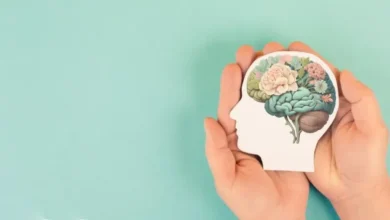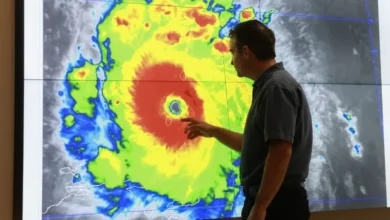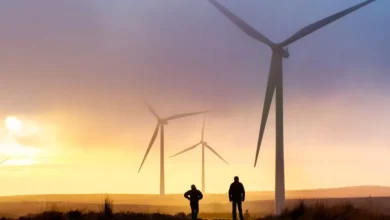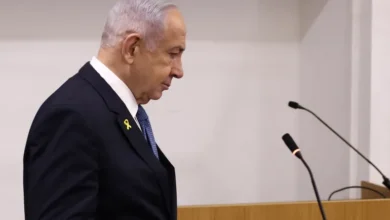Stares and ear-twitches: The linguist learning to speak the expressive language of cows
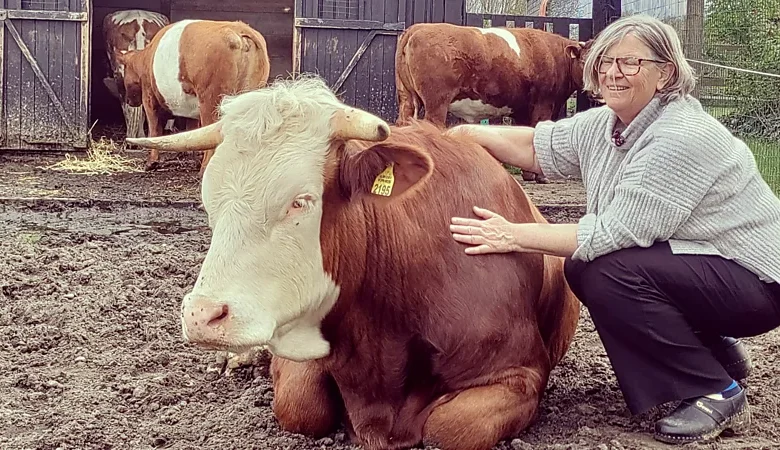
Dutch linguist Leonie Cornips has become fascinated with how cows communicate. But can this really be called ‘language’?
Leonie Cornips was long overdue for her coffee break. The chilly autumn air made a hot drink feel enticing. But Cornips was busy. She was a couple of hours into her work with a small herd of dairy cows. If she left now, she would lose something that would take time to recover. Cornips and the herd had entered a delicate, shared space she calls “the rhythm of the cow”.
Cornips is a sociolinguist at the Meertens Institute in Amsterdam in the Netherlands. The scholars who pass through the institute’s ornate doorway usually specialise in the study of Dutch language and culture. The soft-spoken researcher earned her academic laurels in the 1990s, and she still studies variations in syntax between different dialects in the Netherlands. But in addition to this, Cornips’ work has more recently taken what professionals in the field call “the animal turn”.
For years, Cornips has spent her summer holidays on a farm. She was struck from the start by the different personalities of individual cows. She read an essay by a philosopher that asked why linguists never study animals. It affected her deeply. Cornips felt that cows had the intelligence and social habits to be good research subjects for a linguist. As a Dutch person, she also knew they were cultural icons in a nation with a passion for cheese. So she turned her professional skills to cows.
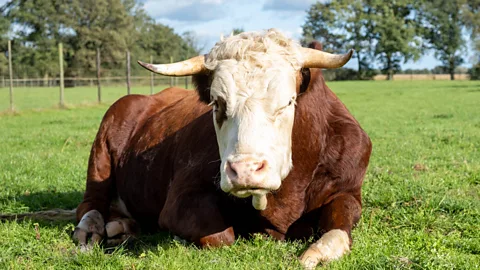
Humans have assumed for centuries that the ability to use language is a measure of our superiority. There is even an academic term for it: “logocentrism”, meaning those who use words (from the Greek logos, meaning “word” or “reason”) occupy a privileged position. Language, say many linguists, is what makes us human. Animals may grunt, bark or chirp, but they do not possess anything that counts as language.
Cornips is using her work with dairy cows to push back on this idea. It extends half a century of effort that began with Jane Goodall’s work with chimpanzees and Roger Payne’s recording of humpback whales in the 1960s in an effort to show that humans may not be as linguistically unique as we had assumed.
Many of Cornips’ colleagues were sceptical when she suggested they apply the framework of linguistics to animals.
“The problem is people have no clear idea about language,” she says. “When they talk about language, they always refer to what comes out of the mouth.” But after spending six years thoroughly immersed in the lives of cows, Cornips thinks that language is better understood as “distributed” between the mouth, body and surroundings, making it embodied, multi-modal and sensory. “I’m eating with the cows, touching, kissing, walking, hugging,” she says.
Most research on cow language tend to focus on sounds. A 2015 study in the Netherlands, for example, looked at the pitch of cow sounds to see if they correlated with behaviours and concluded this could be a way to determine their welfare. And a 2019 Australian study found cows not only have distinctive individual vocalisations, but maintain these distinctive calls across a variety of contexts.
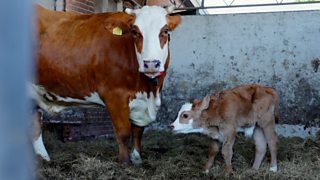
Cornips and the farmers she recruits to assist her record the frequency, duration and intensity of the sounds cows make. But she also focusses on the other ways meaning is expressed among bovines. Her methods are often ethnographic, a way of studying cultures that relies strongly on observation by the researcher. Cornips carefully observes cow behaviours and interactions alongside sound to determine how they communicate. “I notice with cows that the body is an instrument to get to know the other,” she says. Recognising this leads Cornips to talk less of “language” and more widely of “languaging practices”.
Cows, for example, have an elaborate greeting ritual that Cornips must follow to successfully slip into the rhythm of the herd, she says. This became obvious with Piet, a young male Fleckvieh from an intensively managed indoor facility who Cornips brought to join five other cows in an outdoor pasture.
“I was always so happy to see him, that when I got into his meadow, I walked straight towards him and tried to touch him immediately,” Cornips says. When she did so, Piet would back away.
Cornips gradually came to understand the need to respect Piet’s personal space, as she might with a fellow human. She learned to keep her arms by her sides and only use eye contact intermittently, taking turns with Piet to look at each other and then look away. “It took me quite a while,” she says. “I was very stupid. They are teaching me how to connect to them.” Cornips realised she had to learn an etiquette. Without patience and attention, she says, you would never see it.
